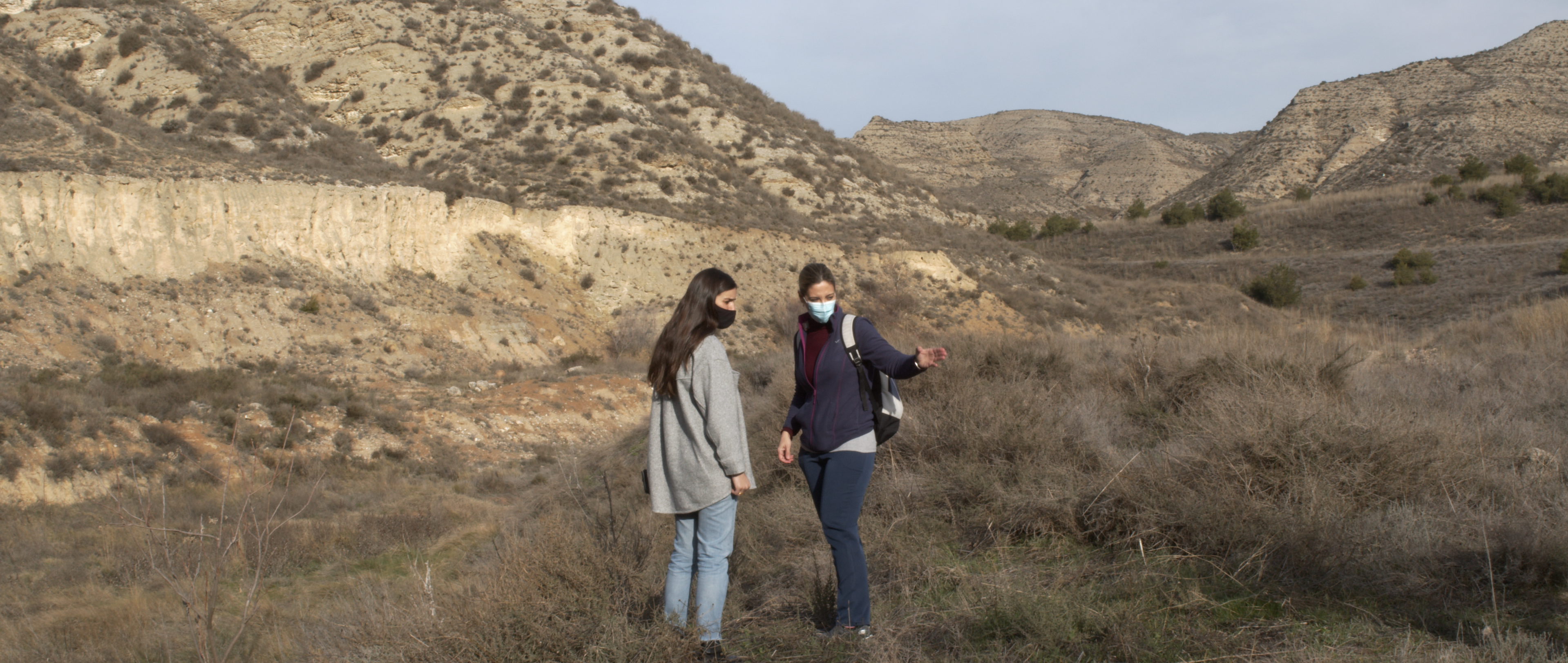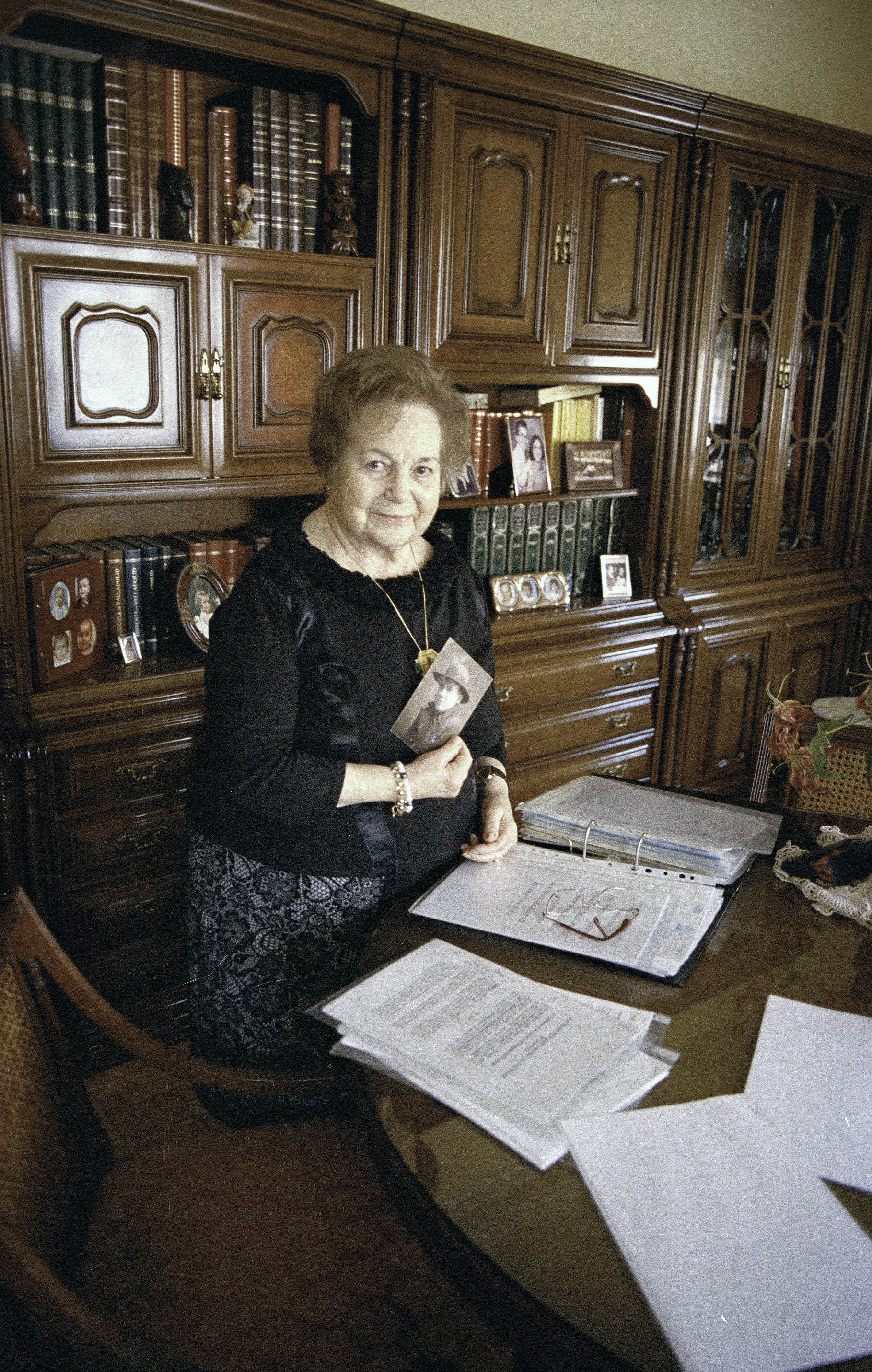Trans-Media Project
~ Atlas of Disappearance
 Entrance to the basilica of El Valle de los Caídos
Entrance to the basilica of El Valle de los Caídos
Atlas of Disappearance is a forensic documentary that relies on new architectural technologies to digitally unearth crimes that have largely disappeared from memory. In hidden ossuaries inside Franco’s mausoleum and war monument known as ‘El Valle de Los Caídos’ lie an estimated 33,800 human remains. A still unknown number of victims of enforced disappearance were brought here clandestinely during the dictatorship. The scale of this atrocity has only recently come to light.
For the families of the disappeared, recovering the bodies of their parents and rebuilding what happened to them is an urgent task in order to seek closure and justice. With the passing of time witnesses, victims and perpetrators have died: memory is relegated to the dark silence of oblivion; Time has ravaged the evidence the victims need in order to understand their family histories. For 4 years, filmmaker Manuel Correa has worked with a group of families fighting to recover their parents' remains from El Valle de los Caídos. Involving architects, forensic scientists, digital artists, and other experts, a comprehensive vision of the largest mass grave in the modern world emerges. This hitherto impossible task adds an important piece to the families’ puzzle, as their time is running out.
 Fransicso Etxeberria testifies using our architectural reconstruction of the ossuaries
Fransicso Etxeberria testifies using our architectural reconstruction of the ossuariesThe filmmakers have become active collaborators of the two largest associations of relatives seeking to exhume their missing ones from El Valle de los Caídos. AFPERV headed by Silvia Navarro-Pablo, 51, who since 2007 has assumed the representation of 35 families demanding these exhumations. For decades, Silvia has tirelessly researched the cases of the disappeared families she represents. She has introduced us to many other families and is the most central character in the film.
 Silvia Navarro-Pablo gives a situated testimony in the Bartolina mass grave.
Silvia Navarro-Pablo gives a situated testimony in the Bartolina mass grave.Working intimately with Silvia, her research became a point of departure. Together with her, we have scripted scenes focusing on the architectural vestiges of the violence against Pepe Viedma -her great-uncle- in the town of Calatayud. The sites of detention, torture and execution have mostly disappeared or are in ruinous decay, in many cases a result of policy.
This is significant to us, signaling an intentionally induced generalized oblivion. We followed her as she reconstructed-in-situ in what she believes were his last hours: We visited the house where he was detained, the site where he was executed, and ultimately, the disappeared mass grave where her family used to bring flowers.
 Fausto Canales briefs the rest of the Aldeaseca families on the current state of the exhumations
Fausto Canales briefs the rest of the Aldeaseca families on the current state of the exhumationsFausto Canales, 88, heads the second-largest association of families. In 2001, he collected funds to locate and exhume his father from a dry well in Avíla’s barren countryside. To everyone’s bewilderment, only a single finger was discovered, which led the experts to determine that the grave had indeed been stolen. Years later, further evidence verified that the mass grave had been brought to El Valle de Los Caídos when a photograph of the ossuaries surfaced, Fausto saw in it the name of his town. The 87-year-old collaborated with us on recreating a model of the ossuaries in El Valle de Los Caídos, to locate the possible resting site of his father's remains. Our collaboration with both communities is guided by the care and seeks to make accessible and public the state violence inflicted upon them and aid the process of accountability.
 Map of all the mass graves moved to El Valle de Los Caídos
Map of all the mass graves moved to El Valle de Los Caídos As filmmakers, we have been given the trust required to follow this story to its conclusion. Atlas of Disappearance will be a beautifully told David and Goliath story about persistence in the face of an inapprehensible force.

Mercedes Abril shows us a picture of her father Rafael Abril Avo from her archive.
Atlas of Disappearance is currently being developed into a documentary film with the support of the Fritt Ord Foundation and Sornorsk Filmsenter.